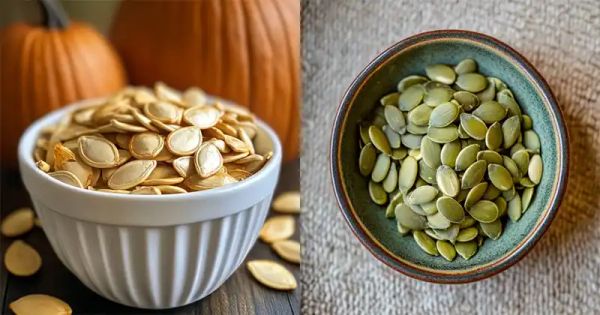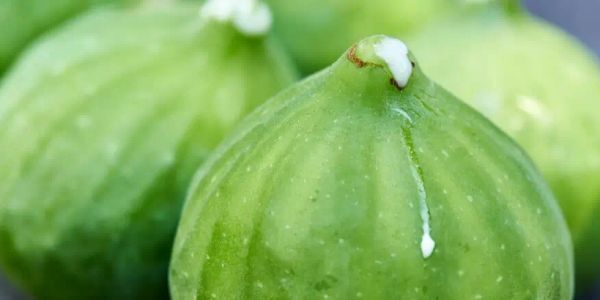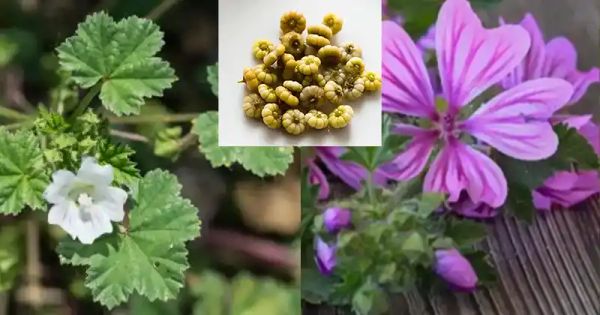
In the vast world of plants, few have made such a mark on human history and wellness practices as Malva neglecta and Malva sylvestris, commonly known as common mallow and high mallow. These resilient plants have been used for centuries in cultures across the globe for their medicinal and culinary properties. Today, with a blend of tradition and modern research, they continue to offer a unique approach to health and well-being.
Uses and Health Benefits
Malva Neglecta (Common Mallow)
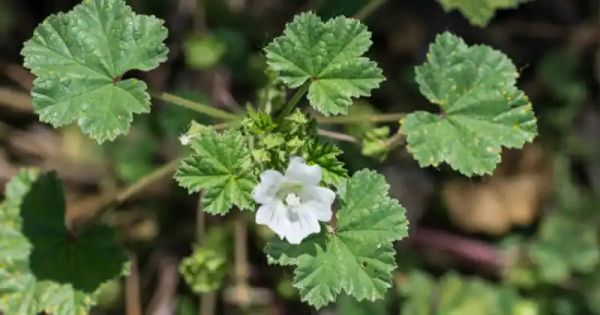
- Digestive Aid: Common mallow is known for its soothing properties on the digestive system, making it a natural remedy for issues like gastritis and heartburn. A tea made from its leaves and flowers can promote healing and comfort.
- Respiratory Relief: Common mallow can help with respiratory health, easing symptoms of colds, bronchitis, and sore throats. Its mucilage helps soothe irritated mucous membranes and facilitate the expulsion of mucus.
- Anti-inflammatory Properties: This plant’s anti-inflammatory effects can reduce swelling and pain in conditions such as arthritis and muscle aches. A poultice or tea made from the leaves can help alleviate inflammation.
- Immune System Support: Common mallow is rich in antioxidants that support the immune system, protecting the body from infections and oxidative stress.
- Urinary Health: Malva neglecta can act as a diuretic, flushing out toxins and reducing the risk of urinary tract infections. Its soothing properties also relieve discomfort in the urinary system.
- Skin Care: Common mallow is prized for its skin-healing properties. It can hydrate and soothe skin irritation, wounds, bites, and burns, promoting regeneration and protecting against infection.
- Antioxidant-rich: The plant’s antioxidants contribute to overall health by combating free radicals and supporting cardiovascular health.
- Culinary Uses: Common mallow is edible and nutritious. It can be added to salads, soups, and stews, providing both flavor and health benefits.
Incorporating Malva neglecta into your wellness routine or diet can offer a holistic approach to health, combining centuries of traditional use with modern research.
Malva Sylvestris (High Mallow):
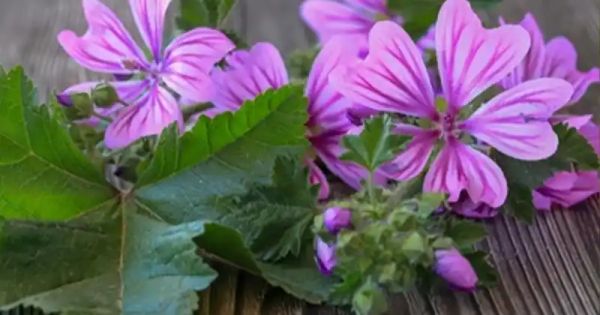
- Anti-inflammatory Properties: Malva sylvestris is known for its anti-inflammatory effects, making it a valuable remedy for various conditions. It can reduce swelling and ease pain, particularly in sore throats and gastrointestinal inflammation.
- Respiratory Relief: High mallow’s expectorant properties help alleviate symptoms of respiratory ailments like colds, bronchitis, and asthma.
- Wound Healing and Skin Care: High mallow can accelerate wound healing, reduce inflammation in eczema and dermatitis, and provide relief from insect bites and burns. It’s an excellent ingredient for lotions and creams.
- Antioxidant Effects: The antioxidants present in Malva sylvestris protect against oxidative stress, support the immune system, and help prevent chronic diseases.
- Digestive Health: Similar to common mallow, high mallow soothes and protects the digestive system, providing relief from indigestion, gastritis, and peptic ulcers.
- Urinary Tract Support: High mallow’s diuretic properties promote urine production and flow, aiding in detoxification and preventing urinary tract infections.
Incorporating Malva sylvestris into wellness routines can offer a broad spectrum of health benefits. As with any herbal remedy, it’s essential to consult a healthcare professional before use.
Harnessing the Benefits of Malva Neglecta and Malva Sylvestris

To fully enjoy the benefits of Malva neglecta and Malva sylvestris, it’s important to know how to use them correctly. These plants can be used in various forms, including teas, poultices, and infusions, each extracting their beneficial properties in different ways. Here are some preparation methods:
Preparing Teas and Infusions
- Teas: To make a therapeutic tea, steep 1-2 teaspoons of dried leaves or flowers in boiling water for 10-15 minutes. This method extracts the mucilaginous compounds and essential oils, ideal for soothing digestive issues and respiratory conditions.
- Infusions: Infusions are best for extracting nutrients. Place a handful of fresh or dried leaves in a jar, cover with boiling water, and let it steep overnight. Strained the next morning, this infusion can be used for skin washes or as a base for creams.
Creating Poultices for Topical Use
Poultices are excellent for soothing irritation and healing wounds. Crush fresh leaves of either mallow species into a pulp, apply directly to the affected area, and secure with a bandage. This method is particularly effective for eczema, minor burns, and insect bites.
Preservation and Storage
Drying is the most common method for preserving the leaves and flowers of mallow plants. Once completely dry, store them in airtight containers in a cool, dark place.
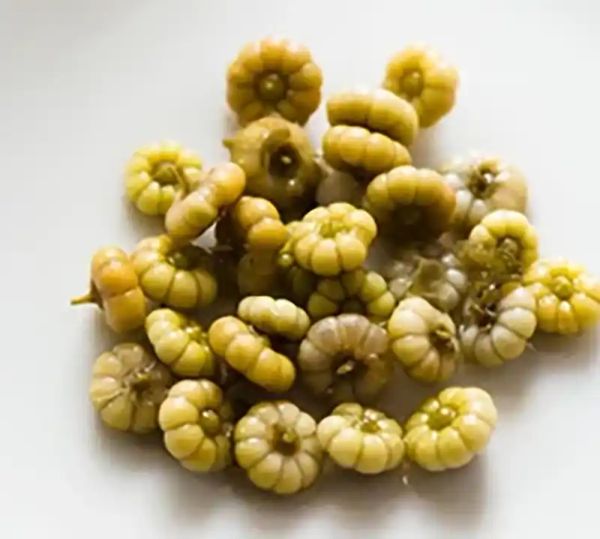
Disclaimer
While Malva neglecta and Malva sylvestris have traditional uses and health benefits, it’s important to note that this article is not medical advice. Always consult with a healthcare professional before starting any new treatment or herbal supplementation, especially if you are pregnant, nursing, or on medication.
Concluding Thoughts
Malva neglecta and Malva sylvestris, with their gentle yet profound healing properties, remind us of the power of nature in supporting our health and well-being. By responsibly and sustainably harnessing their benefits, we can incorporate these versatile plants into our wellness routines, bridging the gap between traditional herbal wisdom and modern health practices. Let the gentle giants of the plant world inspire us in our pursuit of natural health.
